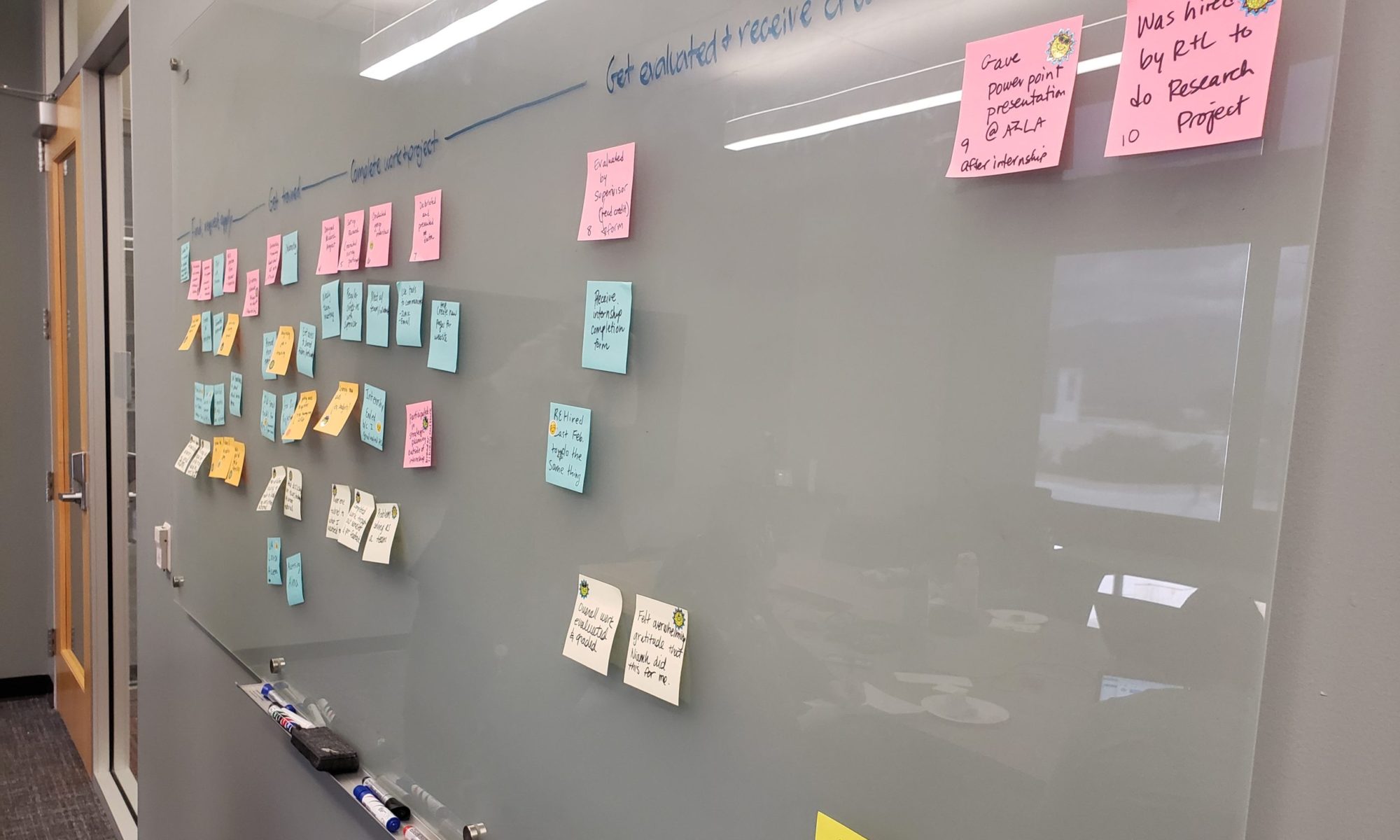I’m the product manager for our library website, and over the past few months I’ve learned that it’s actually pretty easy to gather user input. It’s data that’s extremely important and should guide your website decisions, but so many of us neglect to do it in any frequent, systematic way, often due to fears of time and budget constraints.
Well it doesn’t have to be that way, especially if you are fortunate enough to have a physical location & therefore your primary audience all around you. Here are two methods for gathering quick and dirty user input:
5 Minute Intercept Usability Testing
Spend 20 minutes coming up with your key tasks you want to test and scenarios in order to test them (I recommend Steve Krug’s Rocket Surgery Made Easy for a quick read on this). Grab a laptop and some candy bars, and preferably a colleague to take notes, and then go out in the world to solicit volunteers. If you are on a university campus, it’s super easy to find students willing to trade 5 minutes of their time for a candy bar (king sized, of course). The student union after lunch won’t ever fail. I’ve been able to conduct 8 tests in the course of an hour or two. And learned so much in the process.
10 Minute Card Sorting
This method is often used to guide an entire website’s navigation, but it can also be used to test sections of your website. It’s a great method for testing your own assumptions about how your audience thinks about your content; you can use this technique to come up with an organizational structure that makes sense and labels that are more meaningful. Don’t get bogged down coming up with perfect descriptions of content or the ideal labels you want to test. Treat it as an iterative process. This week we’ve been testing all of our “help” content. We began the first round with open card sorting using 28 cards; more were added when we realized not every type of content was captured, and others were taken away when we realized they were confusing. We then added labels and now do a blended version of “open” and “closed” sorting where we show them the labels after they’ve established an organizational structure to see if any labels make the most sense given their structure. Similar to usability testing, you can find users willing to trade minutes of their time for a candy bar. We’ve actually found that students enjoy the activity, as well. They like the library and like knowing they are contributing to improving our website.
I’d like to hear if others are conducting similar sorts of user testing on a dime. Intercept usability and card sorting are the two I’ve had success with. We have also managed to recruit faculty members to conduct some more formal testing later this month (we offered them lunch). I hope to continue to conduct testing on a regular, systematic basis. In an ideal world, all of our serious website decisions should be based on user input.

user experience as strategy